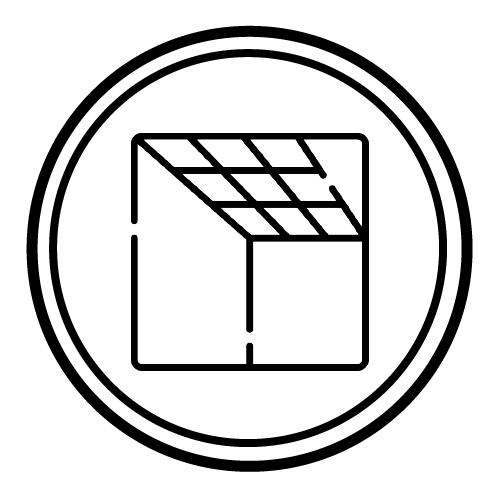Loose-Fill Overview
Loose fill insulation, also known as blown-in insulation, is a type of insulation made up of loose particles that are blown into an open cavity, such as a wall assembly or attic space, using specialized equipment.
The most common types of loose fill insulation material are fiberglass, cellulose, and mineral wool. By nature, loose fill insulation is both air and vapor permeable, so pairing it with an air/vapor barrier may be necessary depending on your IECC climate zone.
Where can this service be applied?
Different types of loose fill insulation can be applied in various locations, some of which include:
- Wall assemblies (above and/or below grade)
- Attic spaces
- Floor systems (joist cavities)
Why is loose fill-insulation important?
While there are many options to choose from during construction, the efficiency of your building materials is arguably the most important element (yes, we’re biased). A highly efficient structure promotes the following:
- Lower utility/service costs
- Environmental comfort (less temperature swings)
- Increased efficiency of mechanical components (HVAC systems, boilers, etc.)
- Indoor air quality
- And most importantly… health and wellbeing!
For many scenarios, loose fill insulation is an excellent product choice that can provide the following:
- Thermal protection
- Sound transmission control
Let us help you today.
Our team of professionals is dedicated to high-quality solutions, and we take pride in providing services that meet a specific need.
Interested in learning more? Reach out and let us help you determine whether or not loose-fill insulation is the right product for your project.









